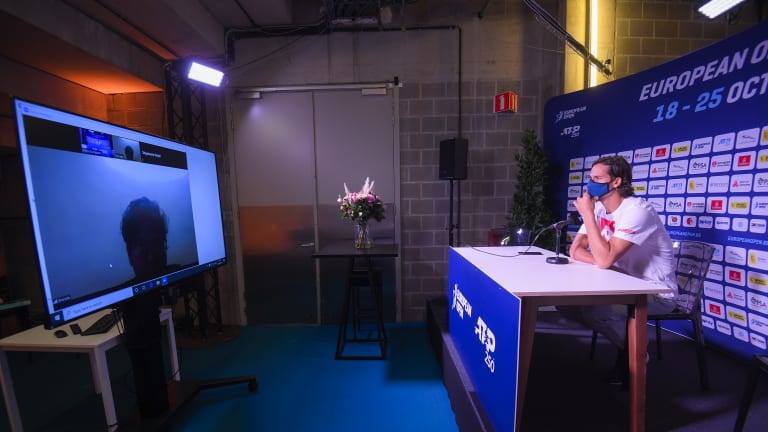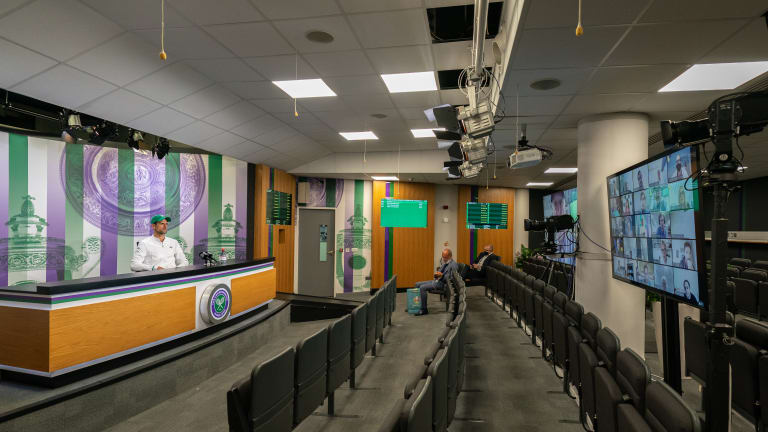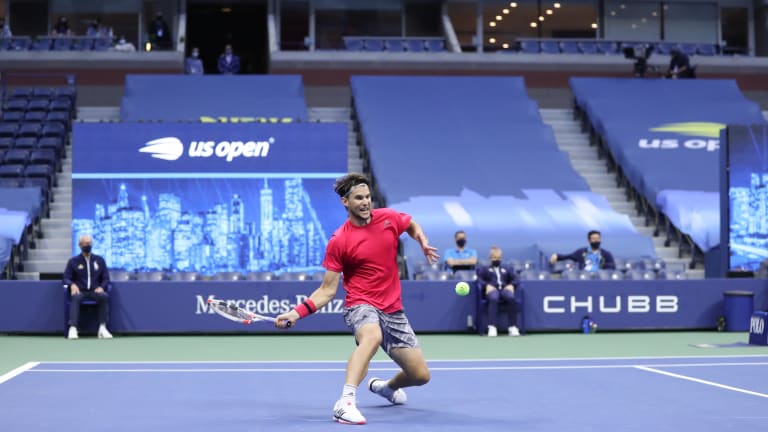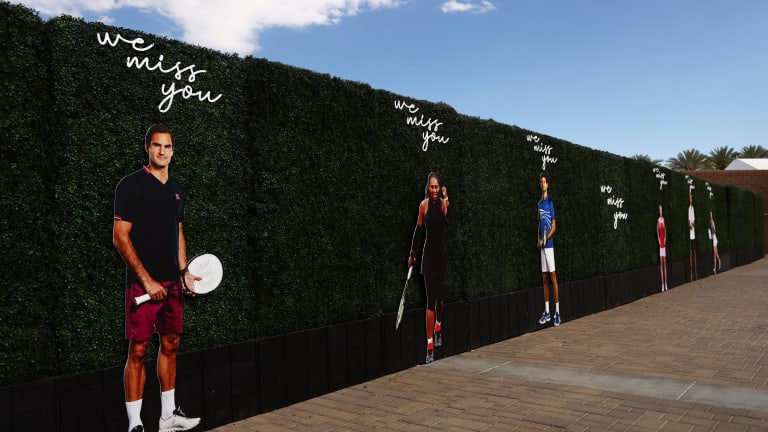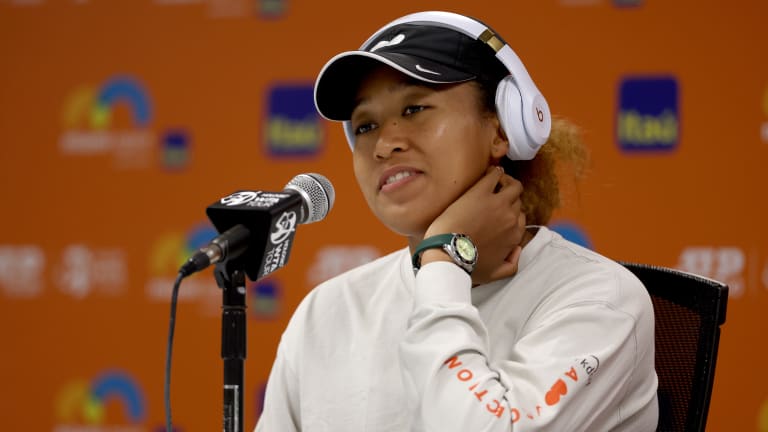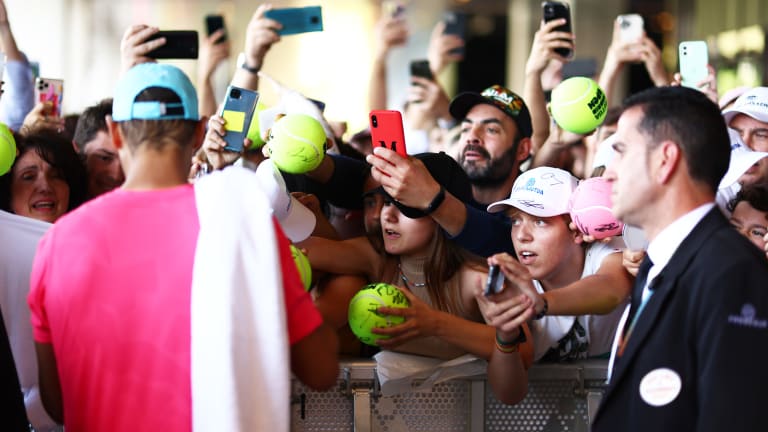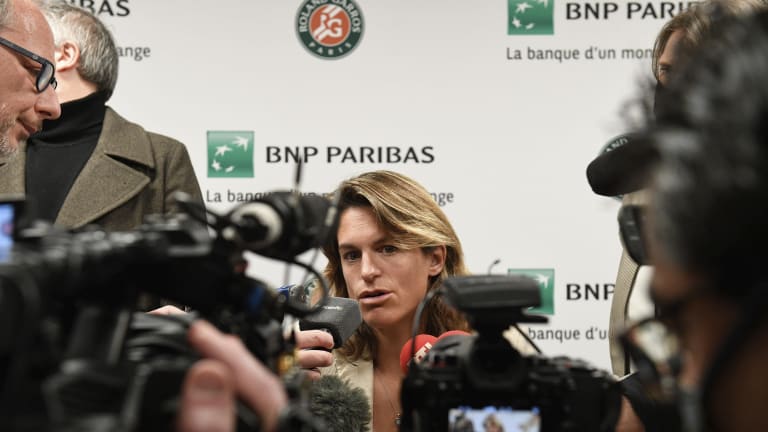In an empty interview room at a small WTA event in Palermo, Italy, Alison Van Uytvanck took a seat in front of a freshly sanitized laptop. With a few clicks and a press of the unmute button, she settled into the first fully virtual press conference in professional tennis.
Down the hall, in a separate room and on another laptop, WTA communications director Alex Prior moderated the proceedings remotely. The experience was “nerve racking,” he told me, even though there were a total of two Belgian journalists on the call.
When should we mute or unmute? How to go about credentialing a ‘virtual’ journalist? Who gets invited? Is the bandwidth going to hold up? How is this going to work?
It was August 2020, and tennis was taking its first tentative steps out of a long suspension caused by the outbreak of the COVID-19 pandemic.
Back on March 8, the Indian Wells tournament was the first major sports cancellation to hit the United States, triggering a wave that would wipe out half of the season and change tennis, and the world, forever. But five months later, a “new normal” had emerged. The NBA was already conducting games in a multi-million dollar bubble environment, setting a precedent that all sports would soon attempt to follow.
The Palermo Ladies Open was the first tour-level tennis tournament to be put back on the calendar, with tight restrictions on the amount of spectators, photographers and reporters that could attend.
Not that many of them were even willing to make the trip, during the height of the virus and with no vaccine available, or able to travel due to international border closures.
“If you were to ask me in August 2020, if I wanted to board a flight to go to Lexington, Kentucky or to Palermo, Italy or to New York, I would have said ‘polite decline’. Absolutely not,” said Courtney Nguyen, the WTA’s embedded reporter and senior writer of WTA Insider.
With public health and player safety top of mind, and with few other realistic alternatives, the press room went digital. Zoom, the pandemic’s go-to platform for video conferencing, was the natural choice and quickly became the tennis tours’ go-to way of communicating.
